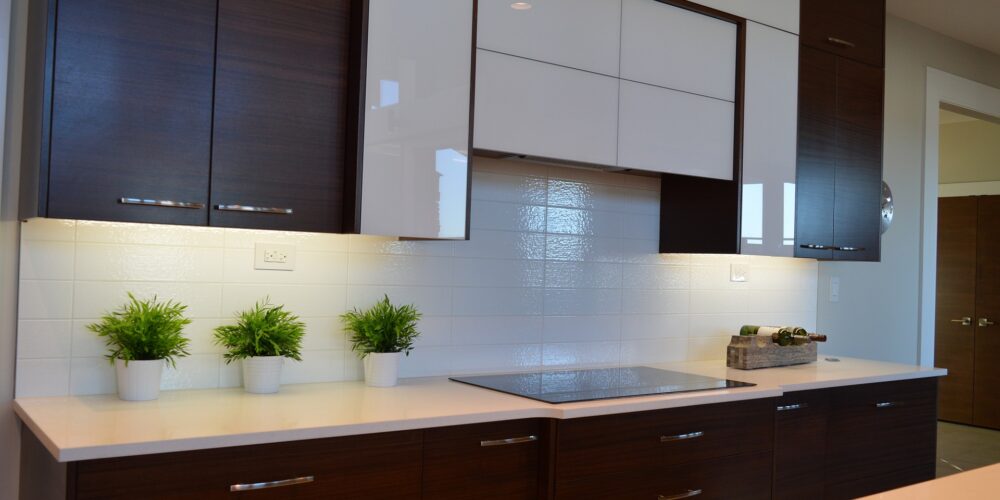
Open Shelving vs. Closed Cabinets: Finding the Perfect Balance of Function and Style
When it comes to kitchen storage, two popular options stand out: open shelving and closed cabinets. Both choices have their unique advantages and drawbacks, and deciding between the two can be a daunting task. In this blog, we will explore the characteristics of open shelving and closed cabinets, weighing their pros and cons to help you find the perfect balance of function and style for your kitchen.
Open Shelving
Pros:
- Visual Appeal: Open shelving creates an open and airy feel in the kitchen. It allows you to display your favorite dishes, glassware, and decorative items, adding a touch of personal style to the space.
- Accessibility: With open shelving, everything is within reach and easily visible, making it convenient to grab frequently used items.
- Space Perception: Open shelves make the kitchen appear larger and more spacious as they do not obstruct the line of sight.
- Easy to Install: Open shelving is generally easier and less expensive to install compared to closed cabinets.
Cons:
- Dust and Maintenance: Open shelves are more prone to dust and require regular cleaning to keep items pristine.
- Clutter and Visual Chaos: Without cabinet doors, open shelving can quickly become visually cluttered and may not be suitable for those who prefer a minimalist look.
- Organization Challenges: Properly organizing items on open shelves can be challenging, as it requires careful arrangement to maintain an aesthetically pleasing display.
Closed Cabinets
Pros:
- Concealment: Closed cabinets keep kitchen items hidden, creating a neater and more streamlined appearance.
- Less Maintenance: Cabinets protect dishes and cookware from dust and grease, reducing the need for frequent cleaning.
- Flexible Storage: Adjustable shelves in closed cabinets allow for easy customization of storage space, accommodating items of different sizes.
- Organized Look: With closed cabinets, it is easier to achieve a clean and organized look as everything is neatly tucked away.
Cons:
- Visual Bulk: Closed cabinets can create a sense of visual heaviness in the kitchen, especially in smaller spaces.
- Limited Display: Unlike open shelving, closed cabinets do not allow for displaying decorative items or easily accessible storage.
- Accessibility: Finding and retrieving items in the back of deep cabinets can be challenging, leading to potential clutter.
Finding the Perfect Balance
Finding the perfect balance between open shelving and closed cabinets depends on your lifestyle, design preferences, and organizational needs. Consider these tips to help you make the right choice:
- Function and Frequency: Assess how often you use specific kitchen items. Items used frequently are better suited for open shelving, while those used occasionally or that you prefer to keep hidden can be stored in closed cabinets.
- Storage Requirements: Analyze your storage needs and the quantity of items you need to store. If you have a vast collection of dishes and cookware, closed cabinets might be more practical.
- Aesthetic Preferences: Determine the style you want for your kitchen. Open shelving adds a rustic, chic touch, while closed cabinets offer a sleek, modern appearance.
- Combination Approach: Consider a hybrid approach, incorporating both open shelving and closed cabinets. Use open shelves for display and closed cabinets for concealed storage to strike a balance between visual appeal and practicality.
Conclusion
Ultimately, the choice between open shelving and closed cabinets depends on your individual preferences and lifestyle. Each option offers unique benefits and drawbacks, and a well-thought-out combination of both can create a harmonious and functional kitchen. Whether you opt for the open, inviting feel of open shelving or the organized concealment of closed cabinets, finding the right balance will result in a kitchen that reflects your personal style and enhances your daily culinary experiences.
